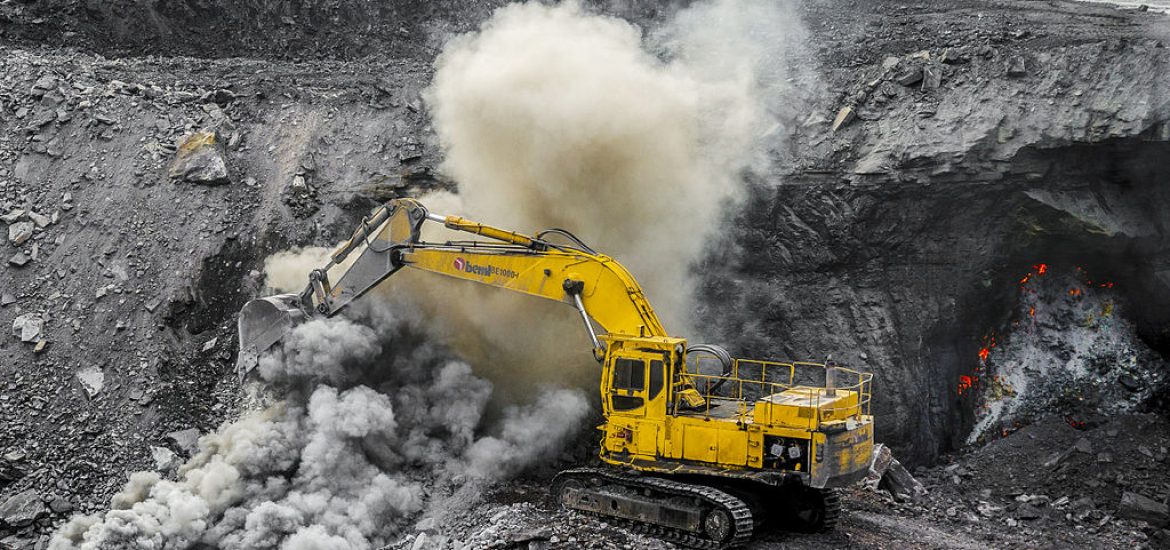
Carbon emissions from energy production are set to grow for the second year running as analysis by the International Energy Agency (IEA) suggest the 2017 increase was not a one-off.
The IEA said much of the growth in renewables would come from bioenergy, including biofuel substitutes for petrol and diesel, as well as biomass from crop waste and other organic sources used to generate power. About 30 per cent of renewable energy consumption would come from bioenergy from 2023, IEA said.
Bioenergy is currently the only renewable energy source that contributes meaningfully to providing cleaner transport and heat, with those sectors accounting for about 80 per cent of global energy consumption.
Dr Fatih Birol, the watchdog’s executive director, said: “When I look at the first nine months of data, I expect in 2018 carbon emissions will increase once again. This is definitely worrying news for our climate goals. We need to see a steep decline in emissions. We are not seeing even flat emissions.”
Carbon output largely flattened in 2014–16 after climbing for decades, raising hopes that international action on climate change was beginning to have an impact but last year they rose by 1.4 per cent.
The IEA is due to publish its official annual figures in March 2019 but said they would mark a historic high.
The trend suggests the 2015 Paris climate agreement’s target of keeping temperatures below 2°C by 2030, looks unobtainable.
The IEA predicted in a report this week that renewable production would grow rapidly in the next five years, from 25 per cent last year to 30 per cent by 2023.
It said solar would see the fastest growth in electricity production, generating around 600 gigawatts of clean energy to the grid and accounting for as much new capacity as all other renewables combined. By 2023, China was forecast to have 40 per cent of global solar power capacity.
By 2023, it forecast there would be 1 terawatt of global solar capacity or twice the capacity in Japan, the world’s third-biggest economy.
Birol said a large chunk of the emissions were coming from Asian coal mines.
Wind power is poised to be the second-biggest contributor to clean electric power. IEA projects wind power capacity increasing by about 60 per cent, totalling about 325 gigawatts of new supply.
The report blamed US tax, trade and energy plan changes under Donald Trump for causing “downside forecast uncertainties”.
Coal has to go. Picture credit: Wikimedia





